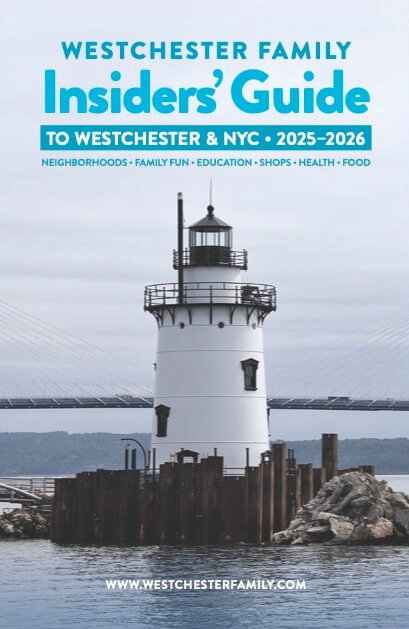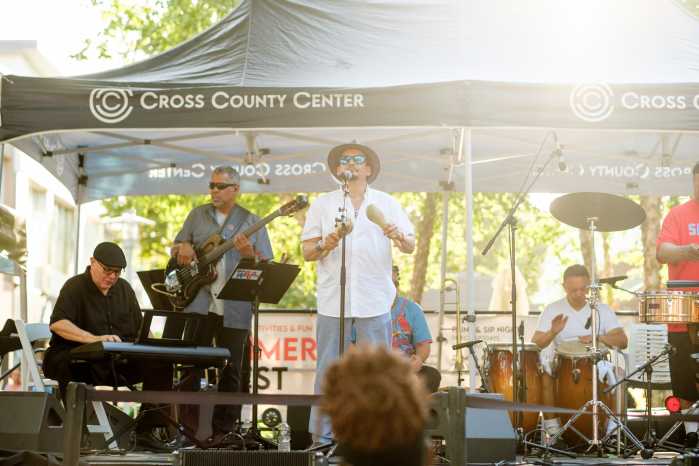Selecting a summer camp has become as sophisticated as choosing a college. Who would have thought this? Today’s consumer, whether it’s with summer camps, schools, colleges or cars, is definitely more aware of available options. They no longer rely on a neighbor or best friend. “First hand experience” is today’s motto. “I want to see it and try it before I buy it.” Critical evaluation is commonplace. As a result, the phenomena of sophisticated marketing has become commonplace in the summer camp industry.
Go to the Videotape
Consumers have come to expect a videotape as part of a camp director’s presentation. This gives the family a better feel for the action of a program and a clear representation of a facility as it would appear in session. This applies not only to sleep-away camps, but many day camps have opted to select this medium in selling their programs in the off- season. In marketing summer camps, this technique is very useful in giving a relatively true perspective of a facility.
Prior to the videotape, most directors would come to the home with their slide presentation or photographs. In recent years, some have felt that this technique has become antiquated. This goes back to the consumer’s need for “action” when they do not have opportunity for on-site visits. Your decision should not, however, be made solely on the basis of a videotape.
The Visit
A relatively new and effective means of selection has been the on-site visit. The summer prior to a camper’s enrollment, families set aside time to experience the facilities. It can be likened to test-driving a car. There are certainly pros and cons to this experience.
An on-site visit can last two hours. Can a family accurately assess a 56-day season in this short period of time? Many times, generalizations are made during this short visit, often accurately, but many times inaccurately, depending on the time of day of visit, the day of visit, weather conditions, etc. Families must be very open-minded when opting for this form of inquiry.
If you are visiting a sleep-away camp consider these factors:
- The condition of a summer camp cabin or bunk. Certainly a cabin is tidier if seen in the morning after cleanup as opposed to 4 p.m. when the children have probably gone through two clothing changes for swim; rest hour where they are pulling out items for play or returning items that they have used earlier in the day for activities.
- The schedule of camp activities may vary by day. Sundays are usually “different schedule days”. The children wake up later, the bunks are tended to later and schedules may be less rigorous, with a special program planned as an all-camp activity. Co-ed camps, where boys and girls are usually separated for day programming, may be together on this day. Instruction that may be commonplace other days of the week may be totally curtailed.
- The weather that day may not give you an accurate assessment of scheduling. If the weather is inclement, waterfront activities may be cancelled. It doesn’t mean that the camp doesn’t have an excellent program, it just means that you won’t have a chance to see it in the “kind of action” you might have expected. If it is extremely hot, scheduling may also be altered. More rigorous activities may be postponed. It does not mean though, that they are not available.
- Who is taking you around camp? Each director has his own procedure. Some owners personally escort families, but it is becoming more commonplace for an experienced individual, specifically hired for this purpose, to do your tour. They have been chosen as a representative of the director to impart information regarding the camp. Some parents are disturbed that they have traveled the distance and do not have the opportunity to be escorted around by the owner. This is unrealistic as the number of tours, especially on weekends, have increased dramatically.
- Be open-minded! Shouldn’t the director be available to run his camp for those who are currently in attendance? Isn’t that what he’s being paid for? Consider your child next year! Don’t you want that individual involved with your child’s experience? Certainly, you should be introduced and spend some time with the owner/director sometime during your tour if at all possible. If you feel that you need to meet further with the owner, he will certainly be available to meet with you at your home in the fall.
- Your visit should always be by appointment. The tour will usually be individual but if you come during a busy period, you may be toured with another family or two. It is advised that during your tour an awareness and appreciation of normalcy be maintained, so that campers will feel no disruption to their day as the visit is conducted. This is important to the camp community. You’re only a visitor! Keep children with you and, unless they are invited to participate in a camp activity, make sure that they are discreet in what they say and do. If your timing is right, you may even get invited for a meal.
Be Realistic
Many families claim that while visiting summer sleep-away camp, they get a terrific opportunity to see the interaction of children with staff and owners, as well as observe the cleanliness and beauty of a facility. This assessment is correct, as long as the visitor realistically perceives the conditions around them. It is always wonderful seeing smiling and enthusiastic faces, but the children are not programmed to do this on command. Do your children smile 12 hours a day at home? Remember, this is just a home away from home.
Getting a firsthand account of programs in action can certainly be beneficial. It should not, though, become a vocation. Try and limit the number of visits to no more than four or five camps. It’s tiring, draining and potentially confusing, but it can also be really fun! It may appear difficult to screen out a handful of camps from potentially hundreds of available programs. Another effective way of cutting through this enormous challenge is to contact a professional camp consultant.
Susan Pecker works with The Camp Connection, a free advisory service for summer programs for children ages 8 through high school. thecampconnection.com.















